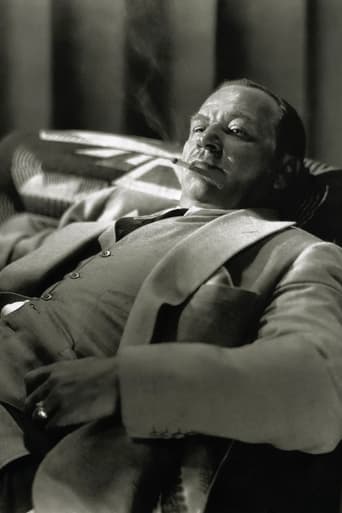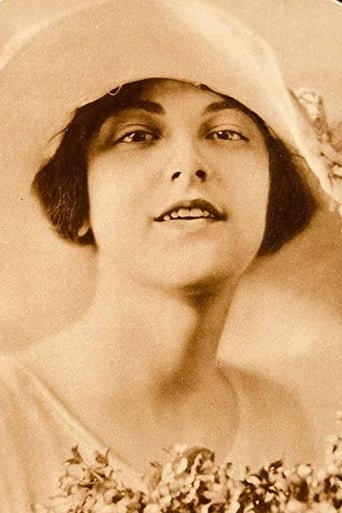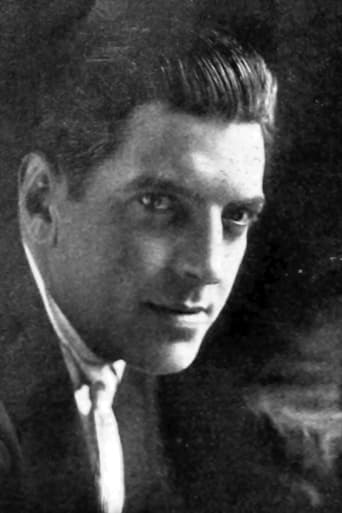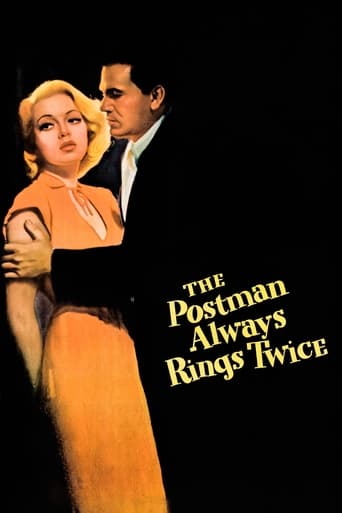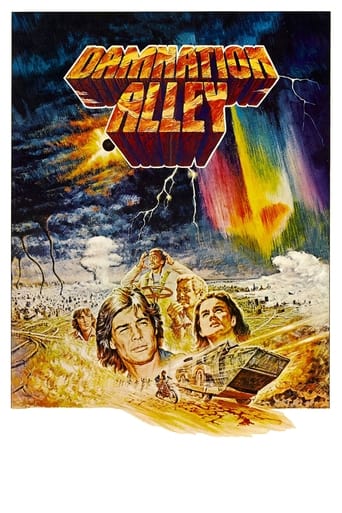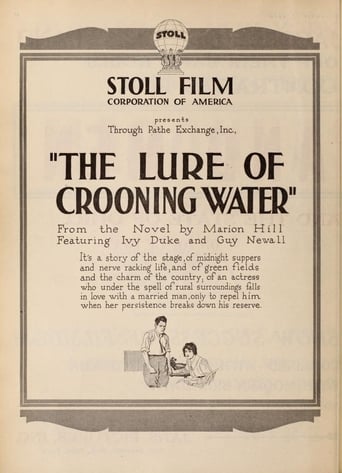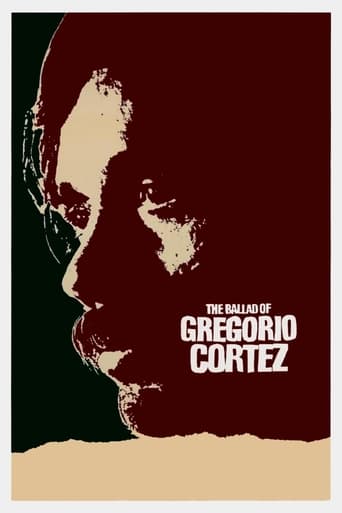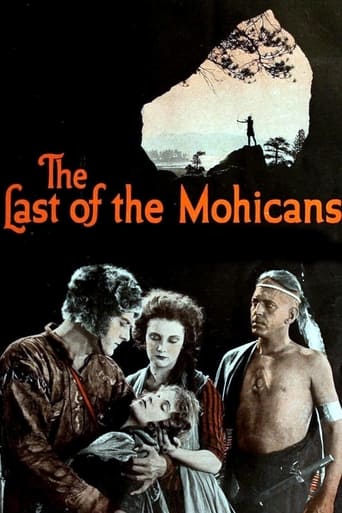
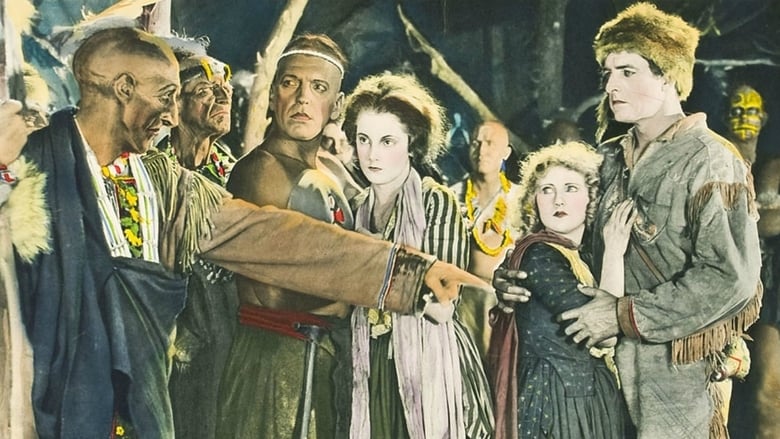
The Last of the Mohicans (1920)
As Alice and Cora Munro attempt to find their father, a British officer in the French and Indian War, they are set upon by French soldiers and their cohorts, Huron tribesmen led by the evil Magua. Fighting to rescue the women are Chingachgook and his son Uncas, the last of the Mohican tribe, and their white ally, the frontiersman Natty Bumppo, known as Hawkeye.
Watch Trailer
Cast


Similar titles
Reviews
The year is 1757 during the French & Indian War in the New World. The British fort of Fort Edward is being targeted by the French & their Native American allies the Hurons. Captain Randolph, a cowardly British officer decides to defect to the French after discovering that the fort is fitted with weapons that are basically useless & after his girlfriend Cora Munro, the eldest daughter of the fort's colonel, rebuffs his advances & instead falls for Uncas, the last of the Mohican tribe. The Hurons' chief runner Magua, who also desires Cora, leads the Hurons to massacre the inhabitants of the fort & kidnaps Cora & her younger sister Alice for himself. Uncas challenges Magua to a duel for the sisters' freedom.This 1920 silent film was the first of four adaptations of the novel by Fenimore Cooper & by far the best of the bunch. It is also the most faithful of the adaptations & correctly depicts the nasty side of the war at the time. The film was originally directed by Maurice Tourneur but when he became too ill to continue, Clarence Brown stepped in to finish the production.The film, like most other silent features of the era, is filled with pioneering shots, although it is still technically crude in some respects (this was 1920, after all – the cinema was still in its infancy at the time). The film is a bit stagy in some parts but there are no superfluous shots to be found. The acting is good & the film is reasonably exciting. The film is also watchable for the fact that it correctly depicts the New World (later to become the USA) as filled with good Indians, bad Indians, bigoted whites, romance between white women & Indians & the simple message that war is indeed a form of hell.
I just saw "Last of the Mohicans." I didn't expect much. I had seen other adaptations: the 1936 George B. Seitz movie and the Michael Mann remake of 1992. To me they all seem to lack the spirit of what is admittedly a rambling novel whose provocative subject matter is only partially realized. Cooper's problem was execution; he didn't understand how severely his story was compromised by unnecessary characters, needless plot devices, and ceaseless talk. Latter day film-makers steered around Cooper's problem by ignoring him and creating a story of their own, but in doing so they lost what was fine in his work.Director Maurice Tourneur does not ignore Cooper, although he does cut through the crap. In a non-talking film the characters can't yap on the way they do in Cooper's fiction. Hawkeye's role is reduced. He has few scenes and is not the romantic lead Randolph Scott and Daniel Day Lewis would be in later adaptations. He is the homely, awkward, asexual woodsman Cooper describes. Tourneur chooses, rather, to focus directly on the tragic romance at the novel's core, between British colonial Cora Munro and Mohican hunk Uncas. He thereby rescues the film from becoming another "Birth of a Nation" with Wallace Beery's Magua standing in for Griffith's black-faced white men who try to rape white women.Tourneur's technique is impressive. Camera perspective, lighting, and editing are well in advance of what was being done in 1920. The action on the Eastman print I saw seems a little fast. I'm not sure if it runs at the correct projection speed. Tourneur obviously under-cranked his camera during action sequences to give actors and extras the appearance of furious motion. These are only small criticisms, however.As in all his films Tourneur reined in the actors' exaggerated facial expressions and theatrical gestures, which is perhaps why there are so many title cards explaining the actors' motivations. Barbara Bedford is restrained and natural as Cora, some might argue too restrained to be the passionate, dark-haired heroine of Cooper's novel. But Tourneur lets Bedford's quiet beauty act as a veneer masking a volatile nature. Her defiance of social and feminine conventions – showing attraction for a Native warrior, and impulsively sacrificing herself to protect her sister in the Indian town – affects us all the more because of her stillness. In Garbo such stillness was praised as mystique. So perhaps it is no coincidence that Tourneur's protégé Clarence Brown, who finished this film when Tourneur was injured, guided Garbo's early career beginning with "Flesh and the Devil" in 1926.
Maurice Tourneur and Clarence Brown co-directed this version James Fenimore Cooper's classic tale of the American primeval forest, The Last Of The Mohicans. In it we have an opportunity to see Wallace Beery get first billing in a film, possibly for the first time as the villainous Magua.Steeped in the tales of the French and Indian War growing up in the forest region of Upstate New York, Cooper knew his subject and his region well and created some unforgettable literary characters. He was also influenced by Rousseau's ideas of the 'noble savage' who the white man with his civilization had destroyed and continues to destroy. The American Indian was the perfect example for that theory.Cooper also knew that the Indians, the Hurons here were in the pay of the French. The British too had their allies, the Iroquois Confederation were allied with them. In the end they all got used and abandoned. As bad as Magua is it's also clear he's in the pay of one faction of the white man which is how I'm sure the Indians saw it back in the day. The noble savage is Uncas played here by Alan Roscoe, a truly magnificent tragic figure who is brought down by his love for one of the Munro sisters.The Munro sisters Cora and Alice played by Barbara Bedford and Lillian Hall respectively are the daughters of Colonel in charge of Fort William Henry in the Adirondacks. Outnumbered and outgunned the British agree to a surrender to the French, but the Indians all liquored up go hog wild and start killing. Magua who had the Munro Sisters captive before has a thing for Alice who has fallen for Uncas. Given the title you know it all is going to end badly for a lot of the cast members. That's all I can really say.This version of The Last Of The Mohicans was filmed at Big Bear Lake and Yosemite National Park to create the primeval forest. Actually that area between the Hudson River and the Massachusetts/Vermont border is still pretty primeval. The cinematography is really outstanding, the best thing about this film.This silent film after 90 years holds up very well as does Cooper's novel which is an immortal classic.
You can't compare this version of the Cooper story to later sound versions--it just wouldn't be fair. It's like comparing apples to oranges. However, if you compare this adventure film to other similar silent films, then it comes off as one of the better ones you can find today. Not only does it do a pretty good job of sticking to the original story, but the production values and acting are superb. For a 1920 film, it was amazingly well-crafted and complex. In particular, the outdoor scenes were so realistic and beautiful. Many of the outdoor scenes (particularly at the end) were like works of art--and look very much like moving Ansel Adams photographs. The mountainous scenes are just gorgeous. The stunts were also amazing and well performed--looking every bit as good as modern stunt-work. Also, while most of the Indians are played by white folks in dark paint (a very, very common practice for the day--and which included Boris Karloff as an extra!), they at least look a lot like real Indians. In fact, I was very surprised that they were able to get Wallace Beery of all people to play the lead evil Indian--and he looked pretty convincing!! A tight script and excellent direction all helped to make this a dandy bit of entertainment--well worth seeing even today.By the way, in some ways the film may seem pretty offensive (calling the natives "savages"), but for the most part it tried to convey them in a three-dimensional way. Sure there were plenty of bad Indians, but some decent ones as well and the movie tried very hard at times to humanize them--something you rarely saw in contemporary films or even those in the 1930s, 40s or 50s.


